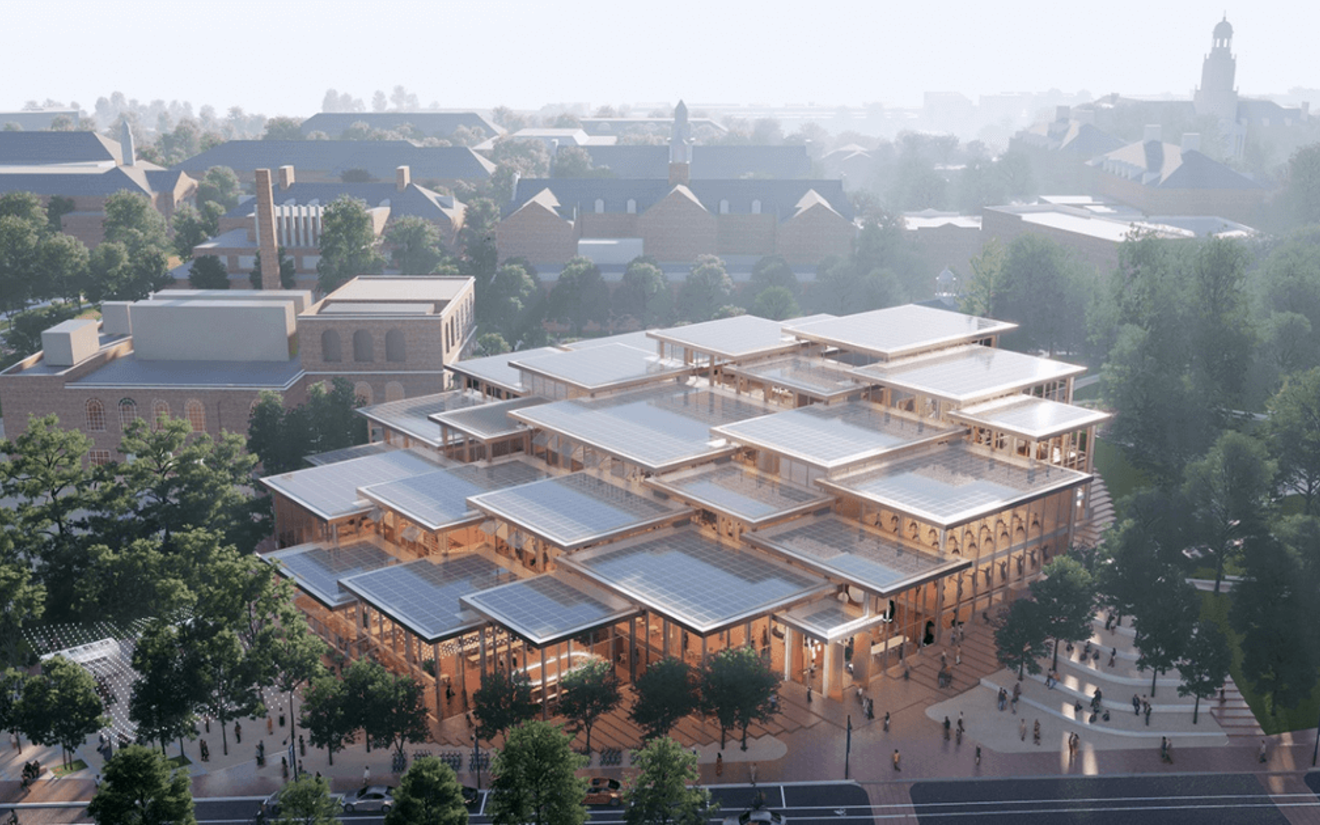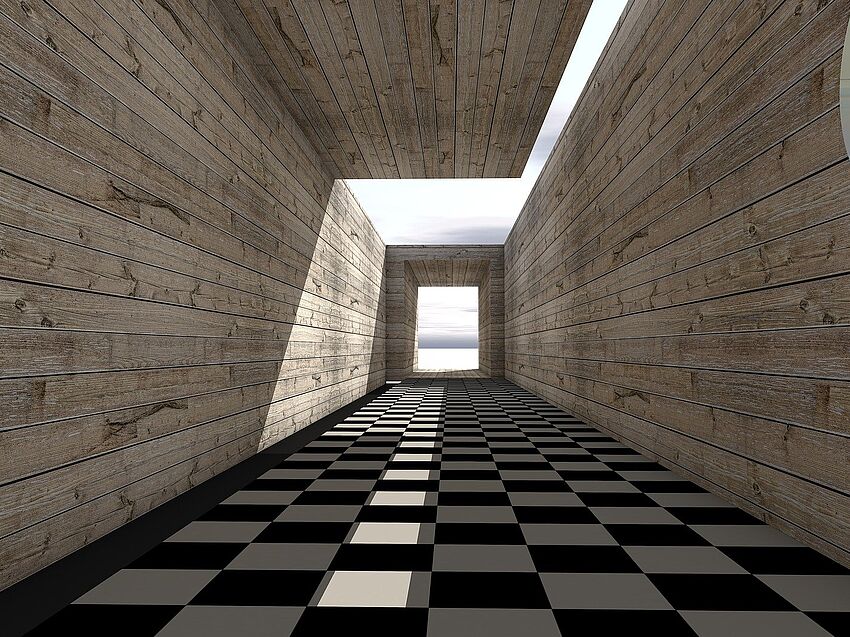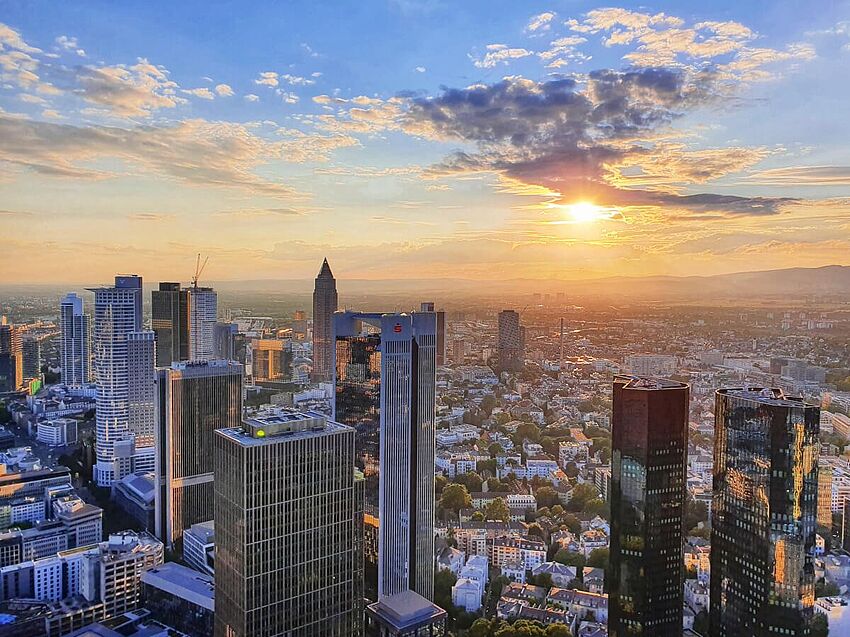Carbon concrete: building material of the future for sustainable construction
In The Village by BIG, students at the renowned Johns Hopkins University leave their academic bubble and receive an education practically "from the village."
Unlike Princeton, Harvard or Yale - all names that everyone has at least heard on TV at some point - Johns Hopkins University was probably not a household name to most people in this country until 2020. Last year, however, that may have changed, as it was in the media practically every day for several months with the latest figures on the Corona pandemic. The private research and educational institution plans to soon expand its main campus in Baltimore, Maryland, to include a non-academic meeting place for its students. BIG is providing the "rustic" design for it, so to speak.
A place for all
The Village is the name of Bjarke Ingels Group's vision for the new Hopkins Student Center at the Homewood campus in the north of the city, and the future "village" was also largely responsible for its selection: More than 1,200 students and numerous university employees took part in a poll to vote on the four finalists and voted overwhelmingly for BIG. Better than the name "Student Center," the name The Village also reflects the function of the facility. Namely, it is intended to act as a link between the campus and the "outside world." A place for everyone - for the whole village, so to speak.
Conglomerate of nested cubes
Architecturally, the new 13,900-square-meter building stands out clearly from its time-honored, massive neighbors and their brick facades. A conglomerate of nested cubes picks up on the hilly topography while reflecting functional divisions such as dining, relaxation or artistic activities. The interior also terraces to follow the rise of the terrain. In keeping with the elite university's sustainability agenda, the center is structurally designed as a wood building, extensively showcasing the visual features of the natural building material on both the exterior and interior. Each of the flat roofs is also completely covered with solar cells, effectively acting as one large solar panel.
Transparency and diffusion
In keeping with its role as a meeting place, the themes of transparency and diffusion play a key role in the design. A wraparound glass façade makes the building literally transparent. The main entrance area - a public square on Charles Street that marks the transition between the campus and the non-academic outside world - merges practically seamlessly into the open student center. This is especially aided by the campus's paved red brick pathway, which continues inside the complex and runs across its main circulation routes. And finally, transparency and permeability again fit in perfectly with "The Village," where, as we all know, everyone knows everything about everyone else.




